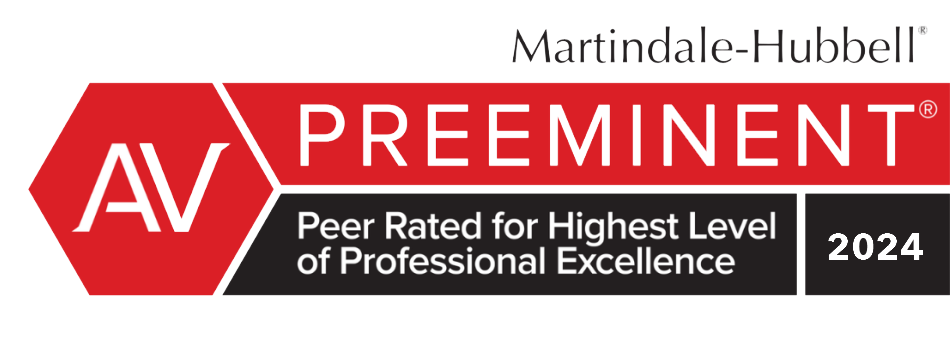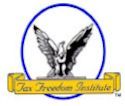The IRS commissioner explained how the tax-collecting agency is using the latest technology and aggressive data collection to curb fraud and evasion.
By Steven N. Klitzner
IRS Commissioner Doug Shulman came to the Johns Hopkins Carey Business School in Baltimore with a clear message.
The IRS, he said, will use every tool and technology at its disposal to combat tax fraud and stop tax cheats.
The most powerful emerging tool is the IRS’s use of data and analytics to determine what the data means – creating a map, if you will, to those who are likely cheating on taxes or committing fraud.
“The IRS has always been an information-intensive enterprise,” Shulman said. “But it’s the organization of data and ultimately the knowledge and intelligence we extract from the information we receive that really matters. It can show us the areas of greatest non-compliance … and thereby, contributes to more efficient and effective compliance programs.” The data the IRS receives used to be limited to data from employers and banks. But today, with the explosion of technology over the last decade, data is available for all kinds of financial transactions – and the IRS is taking steps to ensure that the tax-collecting agency has access to any and all data sets that can help in the enforcement of U.S. tax law.
“Beginning in 2012, electronic payment processors, including credit and debit card processors, will also be required to make an annual information report to the merchant and the IRS stating the gross amount paid to the merchant during a calendar year,” Shulman explained. “This will help improve voluntary tax compliance by business taxpayers and help us determine whether their returns are correct and complete.”
According to IRS studies, third-party reporting dramatically increases accuracy of tax returns.
“There’s general agreement both in the U.S. and around the globe that withholding and third-party information reporting are powerful tools to improve and maintain taxpayer compliance,” Shulman said. “Indeed, over 96 percent of income that is subject to substantial information reporting and/or withholding, such as wages, interest and dividends, is accurately reported on timely tax returns. However, most estimates show that only around 50 percent of income is accurately reported where there is little or no information reporting.”
But the IRS is using the data for more than just identifying a business that isn’t reporting all of its revenue. With widespread data available, the IRS is creating models and analyzing taxpayer trends, allowing the agency to create and test hypotheses for increasing tax compliance.
In time, the IRS believes, the agency can become a central repository for financial data.
“In this long-term vision, the IRS could get all information from third parties before individual taxpayers filed their returns,” Shulman said. “Taxpayers or their return preparers could then access that information, via the Web, to prepare their tax returns.”
Steven N. Klitzner is a Certified Tax Resolution Specialist, a member of the American Society of IRS Problem Solvers, and an Aventura attorney. You can contact him at 305-682-1118 to obtain a free subscription to his newsletter titled The IRS Times & Inquirer.







